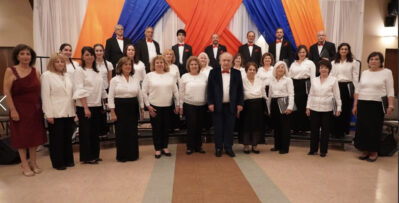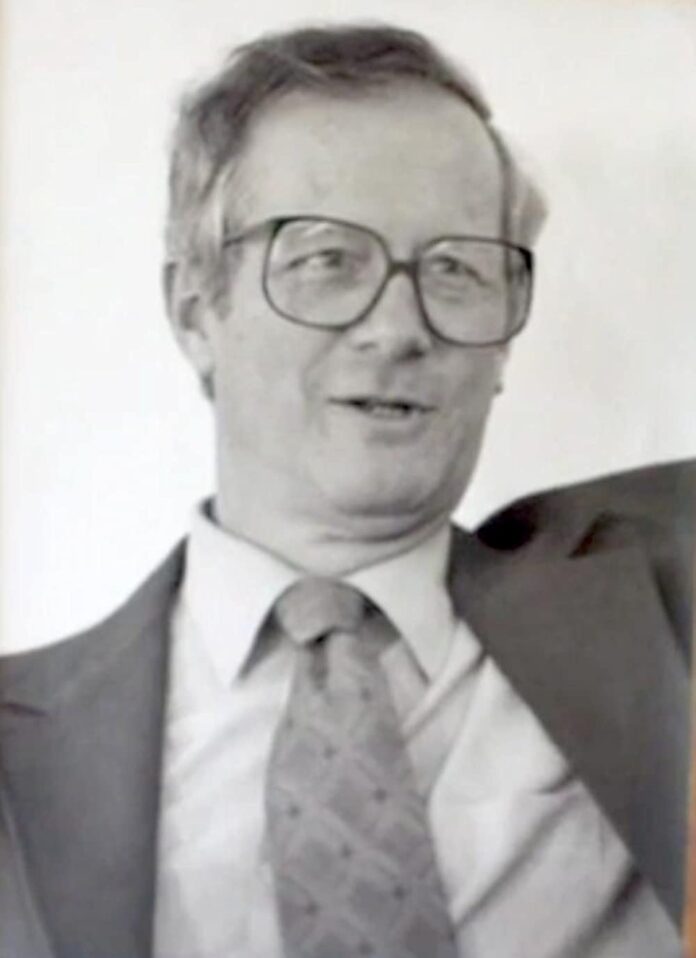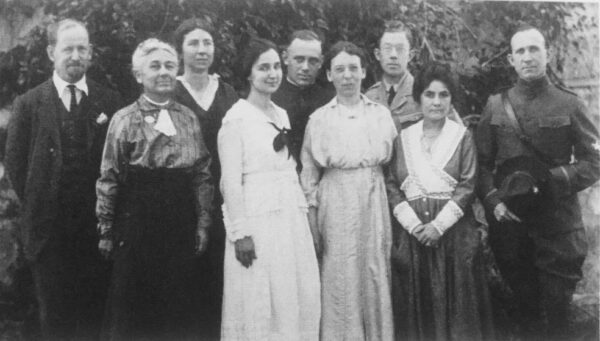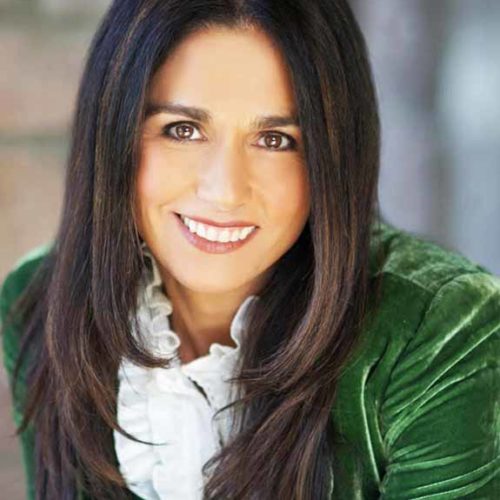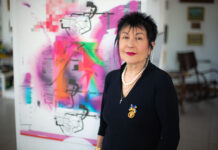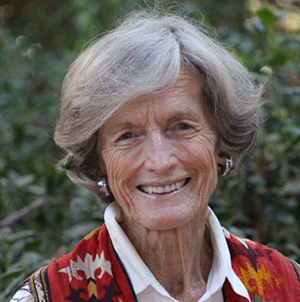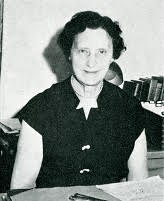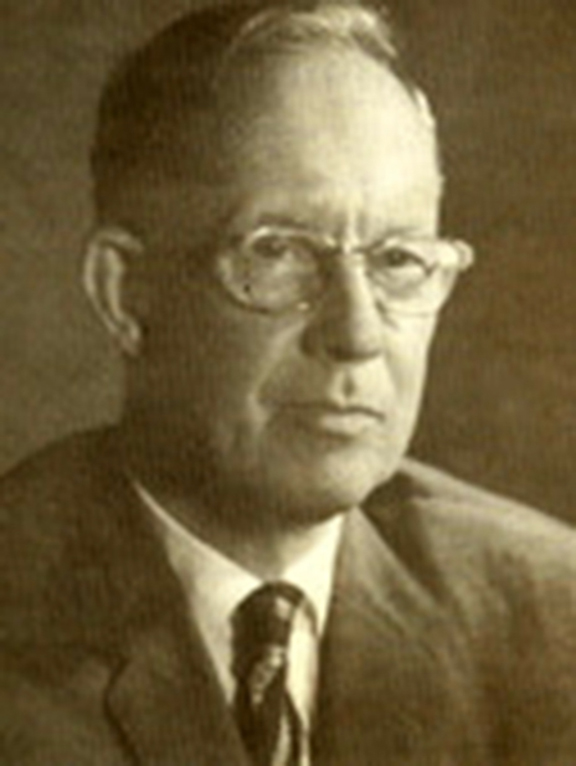LOS ANGELES — On Wednesday, April 12, the Promise Armenian Institute at UCLA introduced a newly endowed lecture series named in honor of the Kerr family. With the backing of Promise Institute benefactor Eric Esrailian and the participation of the Kerrs, who have been involved with humanitarian work and education (notably among the Armenian community and in the Middle East) for three generations, the lecture series has “the aim of amplifying the stories of heroes and heroines who dedicated themselves to providing humanitarian support for victims and survivors of violence and mass atrocities in times of crisis.”
The first lecture in the series was dedicated to the Kerr family itself, about whom filmmaker Ani Hovannisian is making a documentary. The lecture, titled “The Extraordinary Humanitarian Legacy of the Near East Relief and Three Generations of Kerrs, Warriors of Peace,” was an overview of the research Hovannisian has already done on the documentary and rough film clips she has put together so far.
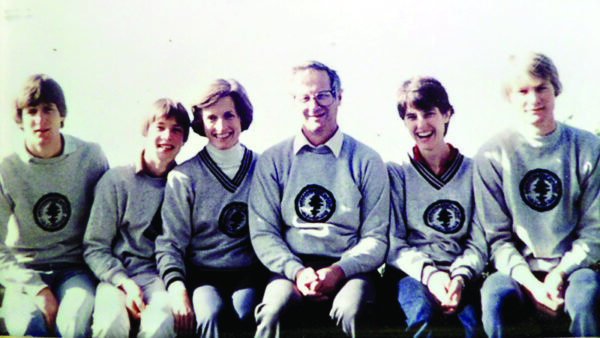
The Kerr family’s ties to the Middle East goes back two generations. Stanley and Elsa Kerr were American humanitarian relief workers who travelled to the former Ottoman Empire at the end of World War I as part of the US-based Near East Relief organization, which saved thousands of refugees and orphans of the Armenian Genocide. They met and married during their service there. Afterward, they remained in the region as faculty at the American University of Beirut, where most of their children were born, and where son Malcolm in particular followed in their footsteps as a professor at the same institution, eventually becoming its president.
Malcolm, who was assassinated in 1984 by members of an Iranian-backed militant group during the Lebanese Civil War, gave his life to improving the education and quality of life of the people of the Middle East, as did his parents. His wife, Ann, continues his mission of education and building cultural bridges in her career as a professor at UCLA. The rest of the children, grandchildren and now great-grandchildren of Stanley and Elsa Kerr, also carry on the legacy of human rights and helping others while achieving great success. One of the sons of Malcolm and Ann, Steve Kerr, head coach of the NBA’s Golden State Warriors, has been outspoken about his pride in his family’s role providing relief to Armenian Genocide survivors.
Inaugural Lecture Dedicated to Kerr Family
After welcoming remarks by Promise Institute director Prof. Ann Karagozian, UCLA’s Prof. Emeritus Richard Hovannisian delivered an introduction giving context to the main presentation, which would be given by his daughter, Ani.
